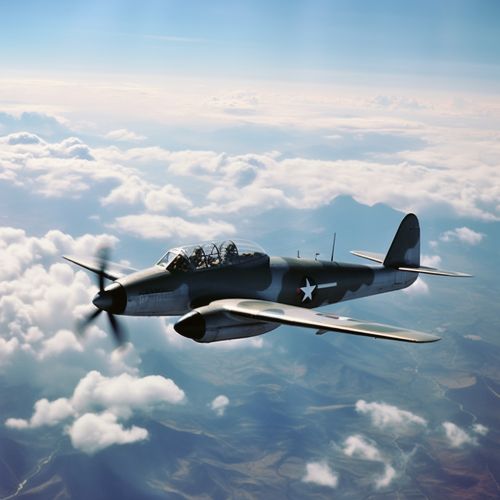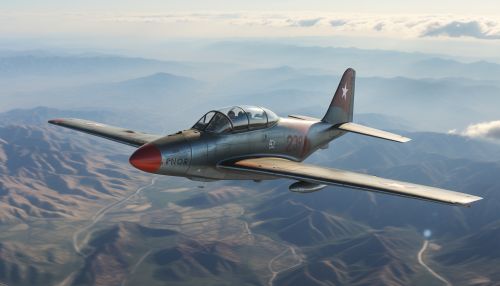Messerschmitt Me 262
Development
The Me 262, also known as the Schwalbe (Swallow), was the world's first operational jet-powered fighter aircraft. Its design was initiated by Willy Messerschmitt and Walter Rethel in the late 1930s. The Me 262 was faster and more heavily armed than any Allied fighter, including the British jet-powered Gloster Meteor.


The Me 262 project underwent a series of developmental stages, punctuated by problems with engines, metallurgy, and top-level interference. The aircraft made its first test flight on 18 April 1941, but due to engine problems, it did not enter operational service until mid-1944.
Design
The Me 262 had a sleek, aerodynamic design, with a wingspan of 12.6 meters and a length of 10.6 meters. It was powered by two Junkers Jumo 004 turbojet engines, each producing 900 kilograms of thrust. The aircraft's maximum speed was 870 km/h at sea level and 900 km/h at high altitude.
The Me 262 was armed with four 30mm MK 108 cannons in the nose. It could also carry 24 R4M rockets, or two 250 kg or 500 kg bombs. The aircraft's range was 1,050 km with internal fuel, but this could be extended with a drop tank.
Operational History
The Me 262 was used in a variety of roles, including light bomber, reconnaissance, and even experimental night fighter versions. Despite its advanced technology, the Me 262 was not a war-winning weapon for the Third Reich. Its impact was blunted by its late introduction, fuel shortages, and the rapidly advancing Allied armies.
During its operational history, the Me 262 claimed an estimated 542 Allied kills. However, the Me 262 was vulnerable to attack during takeoff and landing, and many were destroyed on the ground by Allied aircraft.
Legacy
The Me 262 had a significant impact on post-war aircraft development. Its design and technology influenced many post-war aircraft, including the American North American F-86 Sabre and the Soviet Mikoyan-Gurevich MiG-15. Today, several Me 262s survive in museums around the world, and a small number of reproductions have been built.
